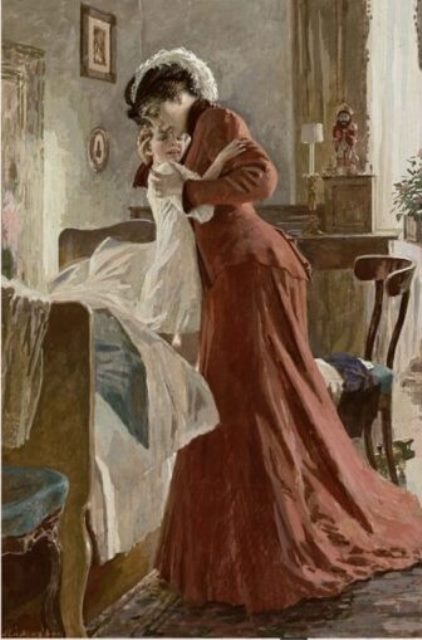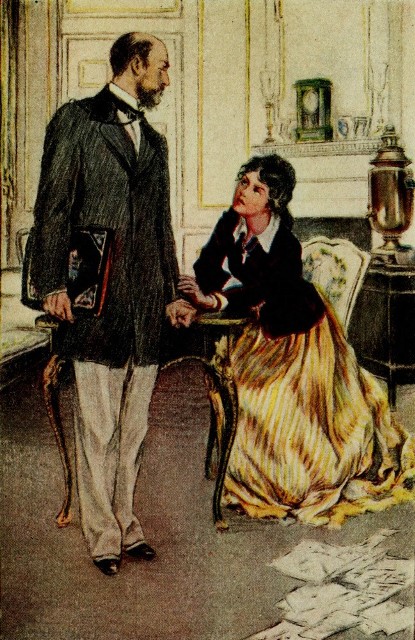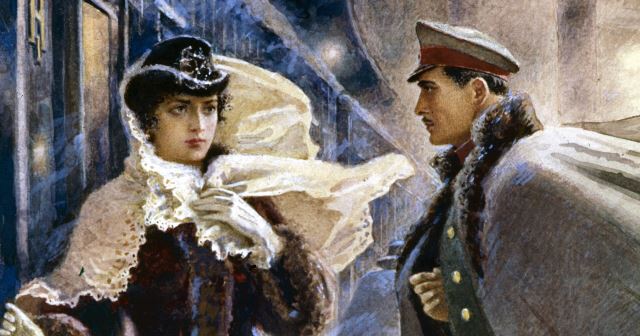
20.12.2022
About several families, happy in the same way and unhappy in different ways. About life in Russia in the 1870s on its different levels, from St Petersburg high society to peasant backyards. About a secular woman who abandons her family for love, destroying her own and others’ lives, and about an idealistic landlord who seeks love and truth in his family. About the overt and covert motives that drive people, about the mysteries of the soul and the properties of passion.
When was it written?
Tolstoy begins writing the novel “from modern life” in the first months of 1873; in May he writes to the critic Nikolai Strakhov that the novel is already “finished in draft”. In March 1874 Tolstoy gives the first part of the novel to the printer, but then stops printing. “…I have stopped printing my novel and want to give it up, so I do not like it,” he writes to his great aunt Alexandra Andreevna Tolstoy. Material interest makes him change his plans: Tolstoy urgently needs money to buy land and the magazine “Russian Gazette” offers him 20 thousand rubles in advance for the book is not yet finished. The work resumes in January 1875, but goes hard, Tolstoy complains to his correspondents: “I take on a boring, vulgar Karenina,” “I hate what I wrote,” “my Anna bore me as a bitter radish. The turning point comes after a trip to Moscow in November 1876; Tolstoy’s wife Sophia Andreevna writes to her sister: “Tolstoy, animated and concentrated, adds a whole chapter every day.” In the spring of 1877, the novel is finished.



How is it written?
Tolstoy unfolds a picture of contemporary Russian life as if looking through the windows of parallel trains: in extreme simplification, Karenina is two stories that almost do not intersect, Anna’s affair with Vronsky and her separation from her husband, Levin and Kitty’s love and the beginning of their married life. The basis of Tolstoy’s language is complex syntax with extended periods and deliberately “unbookish” speech: this is how he gives added cogency, literally piles weight on the author’s statements and preserves the naturalness of the characters’ speech. Tolstoy describes what is happening through his characters: looking at the world through their eyes, Tolstoy also examines their mental movements, speech patterns and social environment – and constantly comments on their thoughts and actions from the position of an as if behind the screen, but all-seeing and all-knowing judge. Karenina” has no detailed authorial digressions; Tolstoy’s own thoughts are largely relegated to Loewin, but the presence of the author, who creates multi-dimensional, almost physically perceptible worlds and simultaneously views them from a position of higher truth, is felt in every line.

How was it published?
In 1875 “Karenina” begins to be published in parts by the journal “Russky Vestnik”. The April 1877 book publishes the seventh part, which ends with the death of Karenina, with a note “The ending follows”, but the journal editor Mikhail Katkov refuses to print the eighth part, disagreeing with the author in assessment of the volunteers going to the Balkan War, and Tolstoy had to publish the final part in a separate book. The following year, 1878, the novel comes out as a separate three-volume edition.
What influenced it? Pushkin’s prose: from the memoirs of Sophia Andreevna we know that Tolstoy begins work on “Karenina”, rereading the “Tales of Belkin,” in the first version of the novel there is almost verbatim overlap with the passage “The guests have come to the cottage. Contemporary French novels (e.g. Stendhal’s Red and Black) and journalism, especially Dumas the son’s pamphlet Man – Woman. The philosophical writings of Schopenhauer. His own experiences of managing a household and reflecting on the meaning of family life, relegated to Leuven in the novel.




